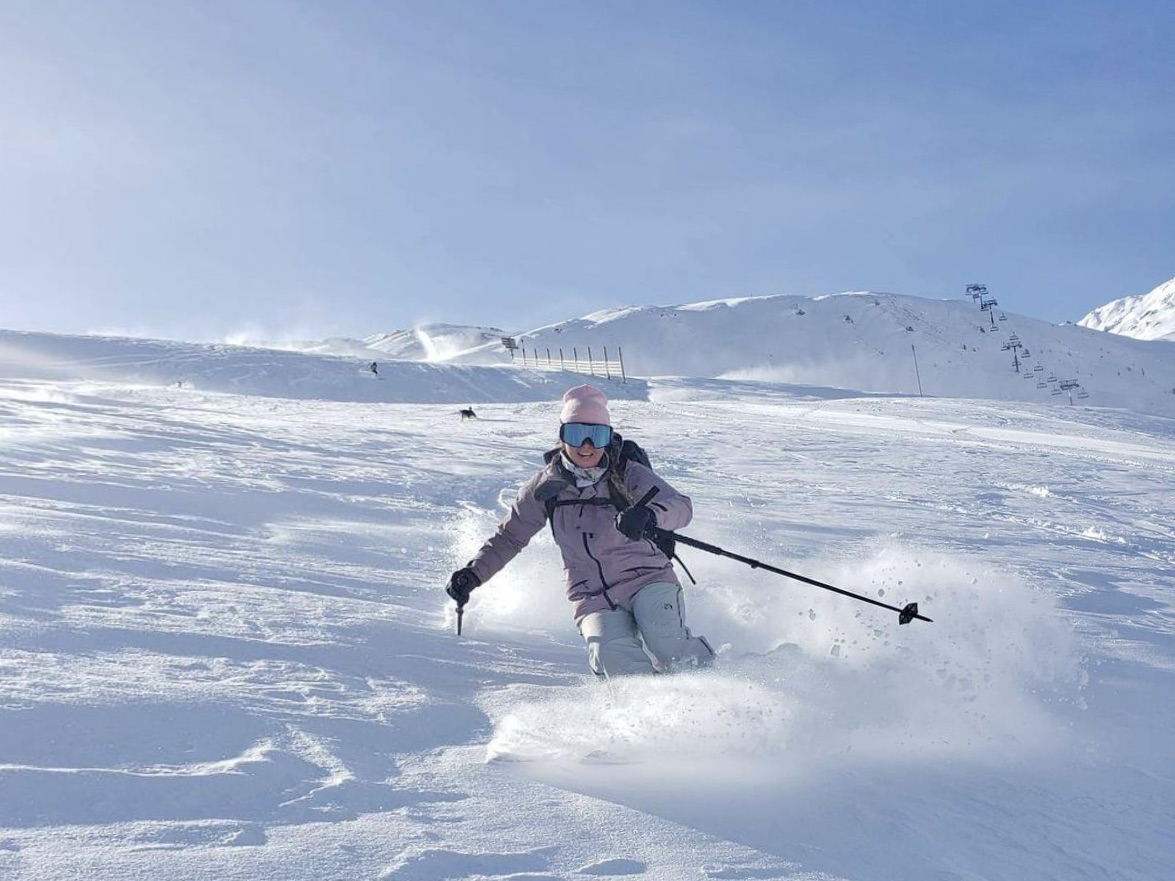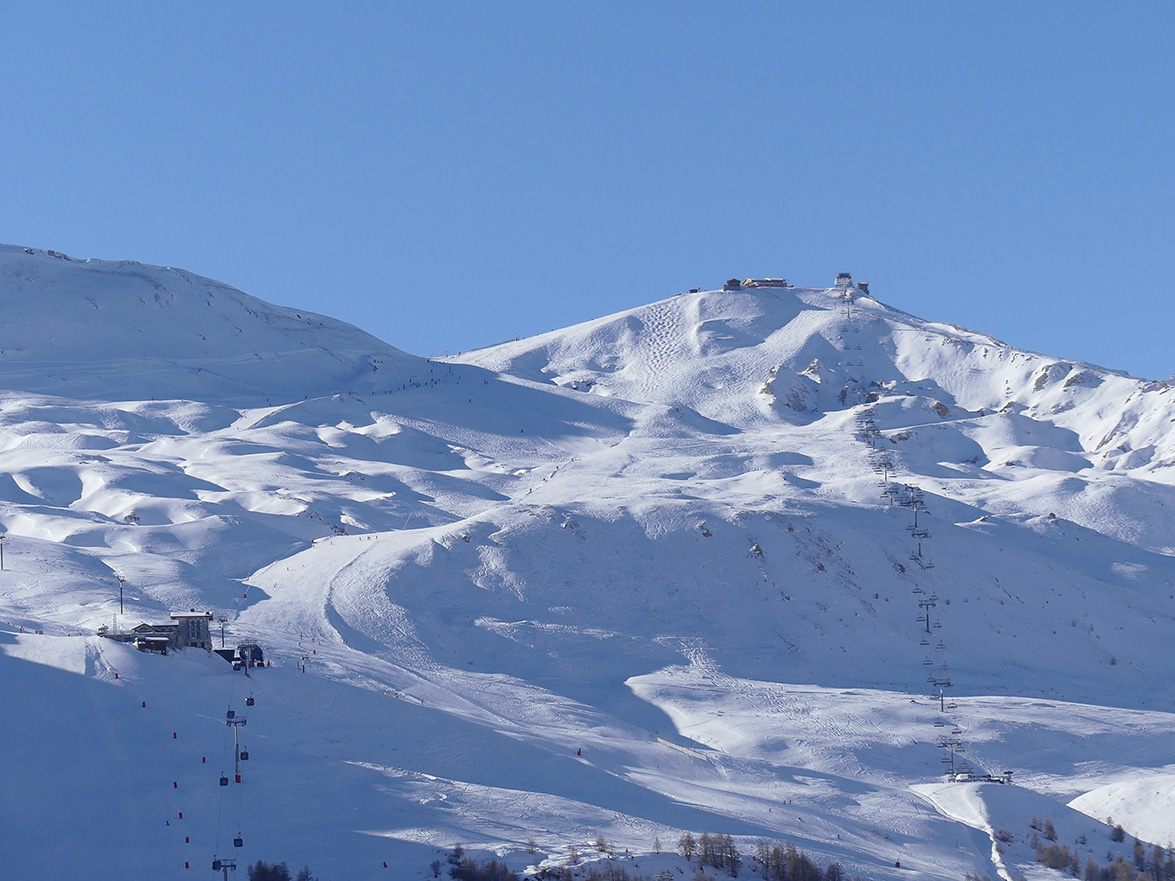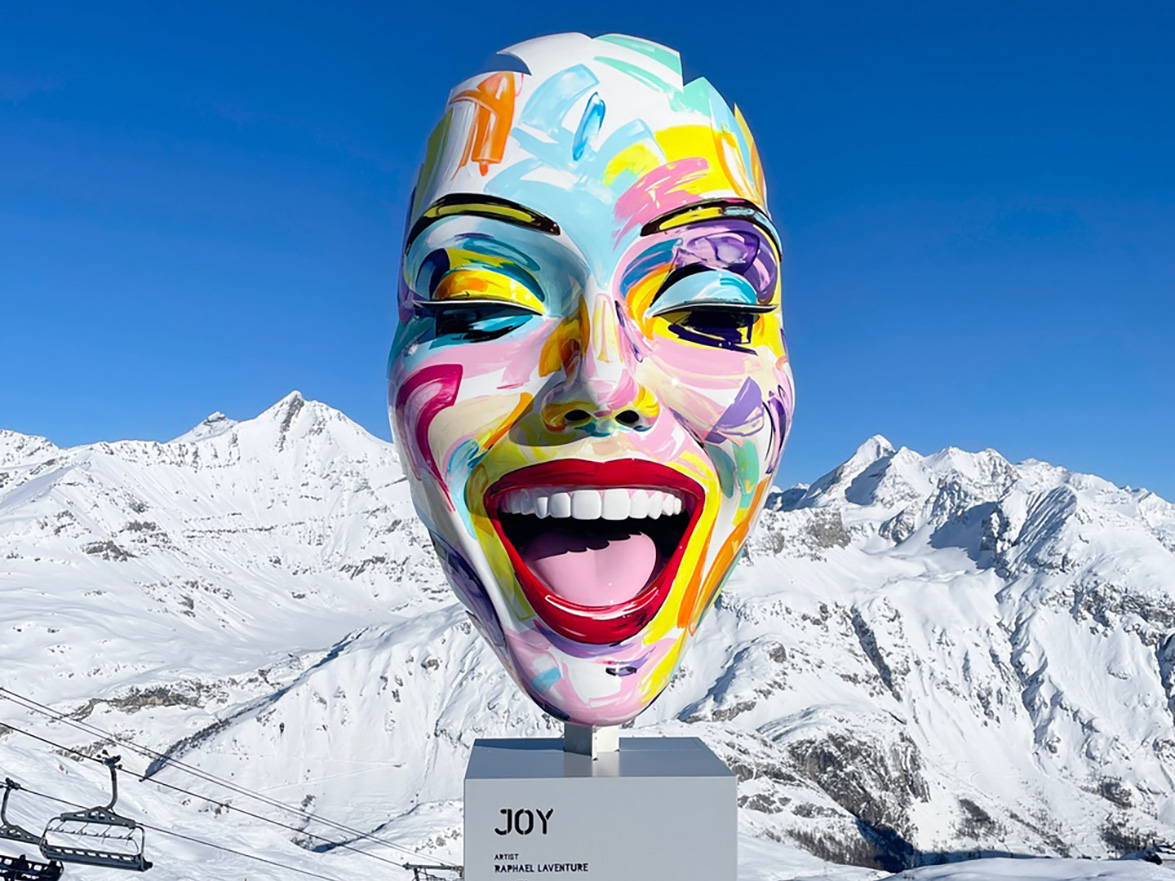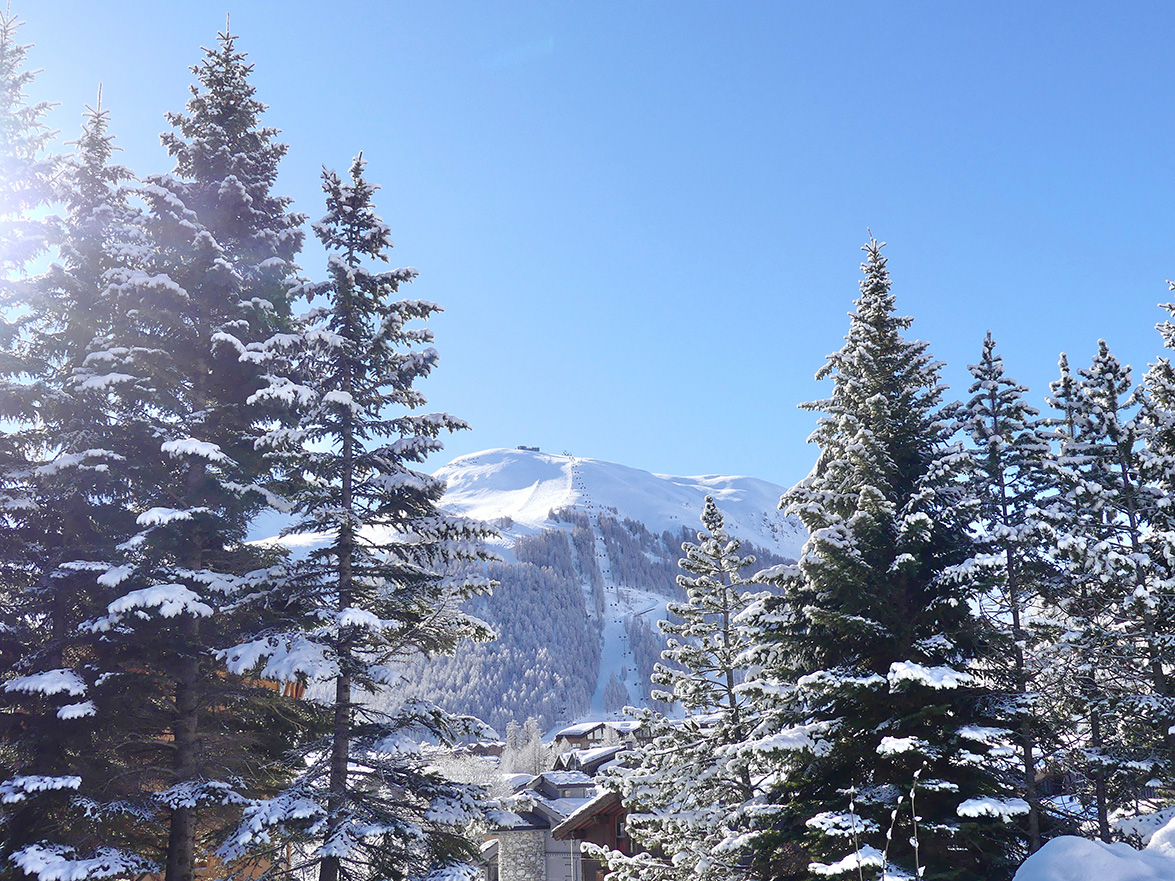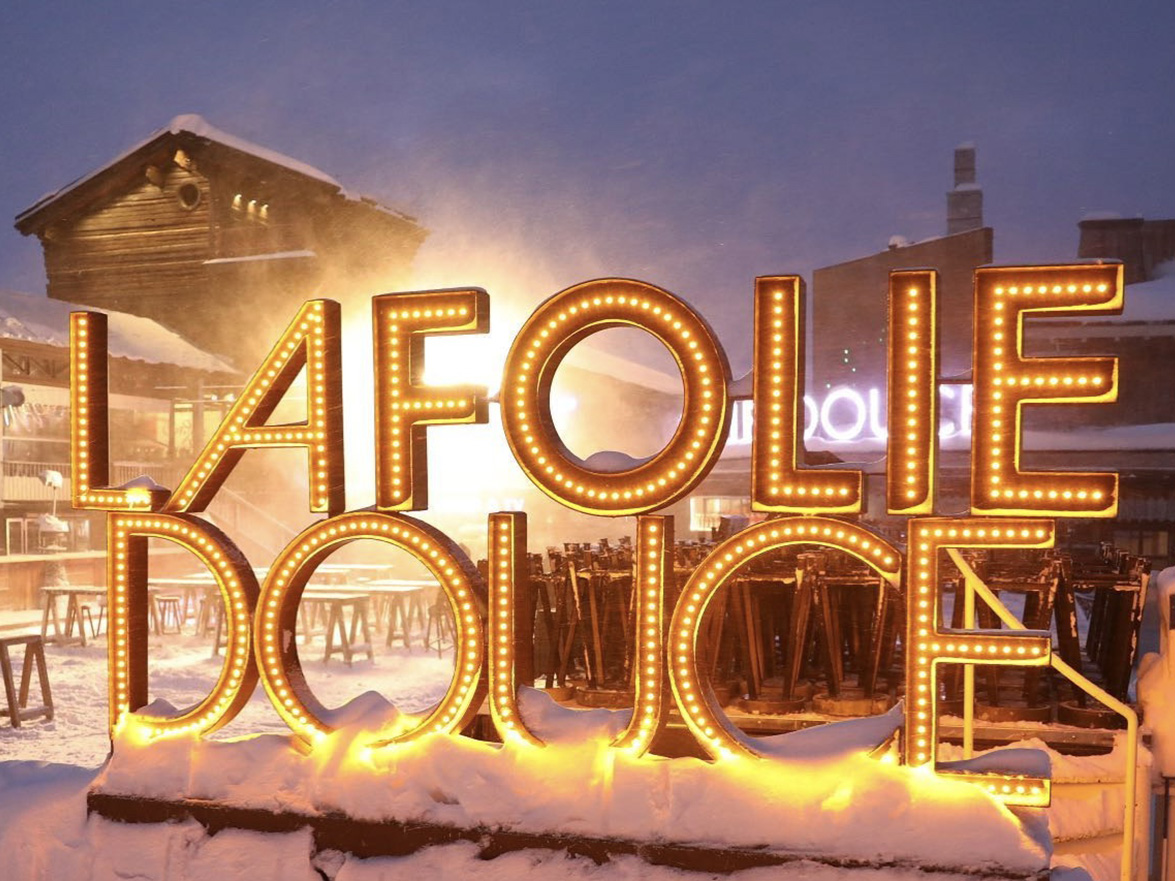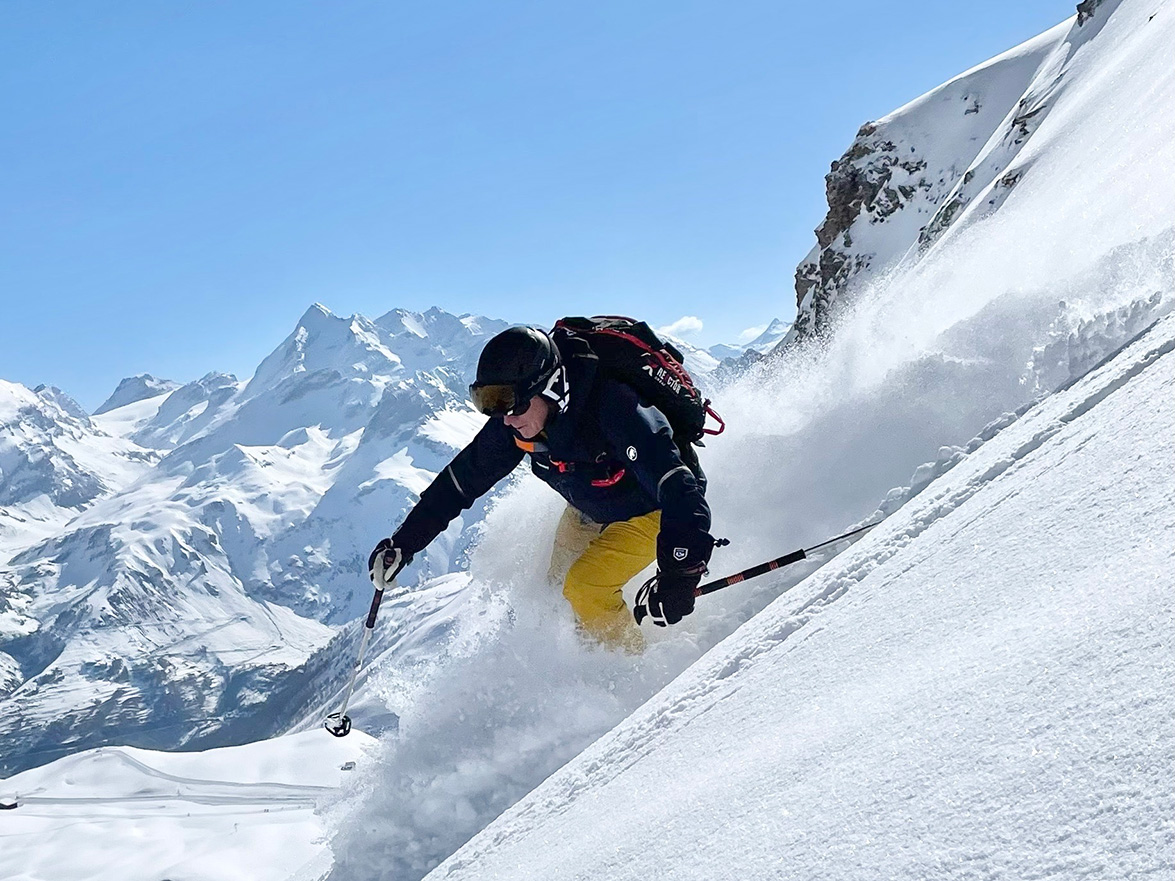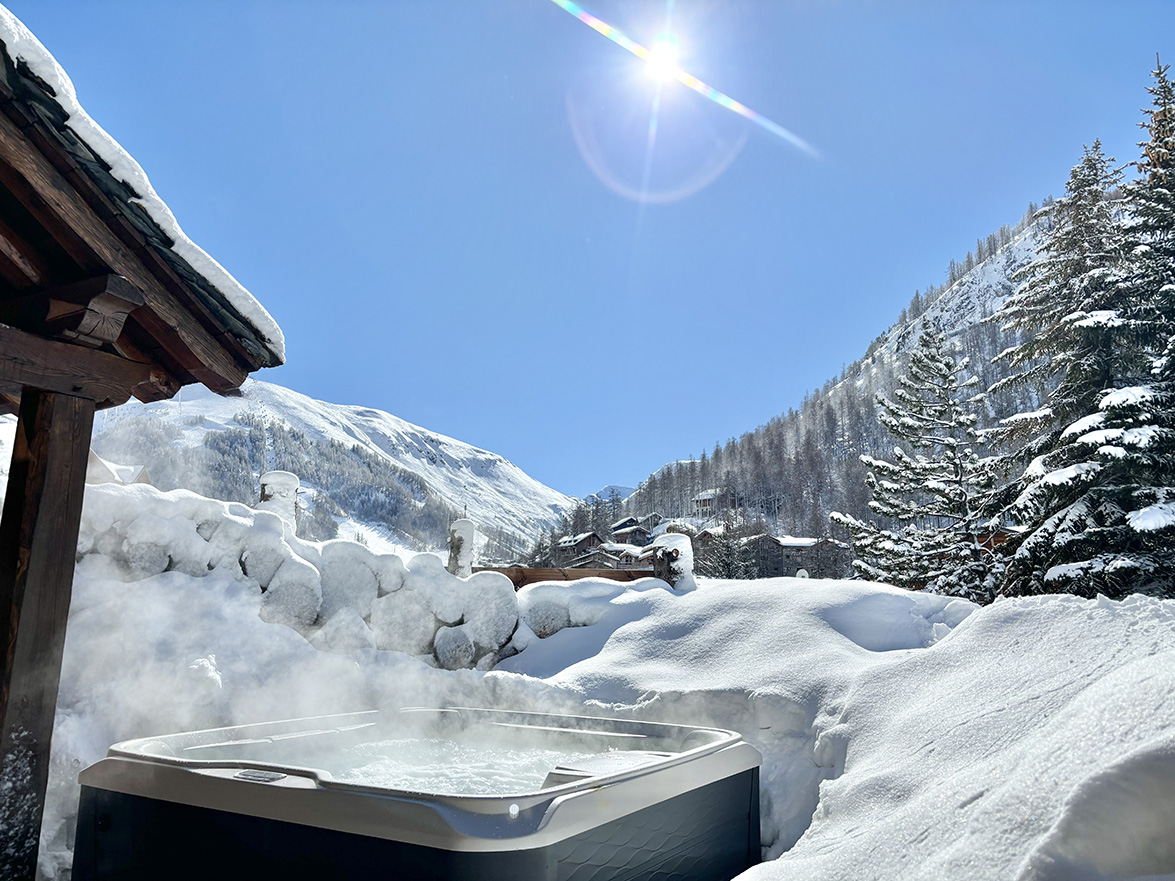WHAT’S SO SPECIAL ABOUT VAL D’ISÈRE?
Since we at YSE have spent nearly 50 years running ski holidays in Val d’Isère, you might question our impartiality when we claim that it is definitely Frances’s best ski resort, probably Europe’s best ski resort, and arguably the world’s best ski resort. However, a quick trawl through Google will show that a huge number of people agree. Condé Nast’s Traveller said that Val d’Isère was the best place in Europe for snow-sure skiing: “Val d’Isère has all the trappings of a perfect resort: world-class skiing, accommodation options covering everything from simple self-catering digs to sumptuous hotels, buzzing nightlife and even a storybook 17th-century church peeking up through its clusters of snow-dusted chalets. With the season stretching from late November through to early May, it’s the best snow-sure resort in Europe.”
This high-altitude village probably gets more snow and keeps it longer than any other area in the Alps. The last two winter seasons have been disastrously bad for snow in Europe, with hundreds of pistes shut, whole resorts closed, and everyone complaining of the grass, mud and rocks. Without wishing to sound smug, Val d’Isère had excellent conditions from early December until early May in both years. The 6m50 of snow which fell in the village last season (and a lot more higher up) gave us brilliant piste skiing and epic conditions off-piste all winter.
Why does Val d’Isère receive more than its fair share of snow? The Atlantic westerlies drop vast quantities here because of the altitude, but there are also the unique ‘retours d’est’, where winds from Italy dump up to a metre at a time just over the French border. Val d’Isère, particularly its eastern side above Le Fornet, receives much of it.
The Pisaillas glacier and 631 snow cannons pretty much guarantee excellent skiing in December. By March and April the combination of almost unmatched natural snow and record artificial snow means there is nowhere in the Alps with such good conditions. At the risk of sounding nerdy, Val’s two healthy streams, the Isère and the Calabourdane, are really important to the snow-making. Resorts are only allowed to take a certain percentage of the water from their rivers, so having two permanent, fast-flowing streams helps Val d’Isère make millions of tons of excellent canon snow. Where there are fish the percentage permitted is lower, so most of Val d’Isère’s water for cultured snow, as the French optimistically call it, is taken upstream of the first fish.
So Val d’Isère’s snow conditions are invariably among the best in Europe, but one often hears that its slopes are also the most exciting. Can pistes be better in one place than another? Well, Val d’Isère has the great good fortune to be in a narrow, steep-sided valley, between rather convex mountains. Not many skiers are bored enough to wonder why one valley gives more exciting skiing than another, but if you are you’ll have noticed that the first lifts rise steeply from the village, giving a lot of challenging skiing right on one’s doorstep. Further up, the less steep slopes give fantastic long, easy green and blue runs high in the mountain sunshine for beginners and intermediates. The pistes are longer and wider than usual, are beautifully groomed every night (by Ratraks using GPS, radar and winches), and are nearly all on the north sides of the mountains, so they are among the last in Europe to be affected by the spring sun. They are hugely varied, and radiate outwards from the mountain tops, so for much of the time one is unaware of other pistes. Snowboarders find an extraordinary range of slopes with deep snow without the mandatory sack-race shuffle to reach them. There is also a wide nursery slope at the foot of the mountain with free lifts for beginners’ first days on skis. Following extensive changes to the top of Solaise, there are nursery slopes up there too. Beginners can buy a special discounted ski pass if they book lessons with the main ski schools, to give access these higher nursery slopes – please see the Ski Pass page for full details. Finally, there’s a brilliant snow park with everything from little ramps for one’s first six inches of big air to huge jumps where the dudes have time for multiple spins, flips and trouser-retrievals. And of course the twin village of Tignes, with its seamlessly linked lift system and even higher skiing, doubles the size of the area.
Many people say that Val d’Isère and Tignes have the best off-piste skiing in the world. There are other contenders – Chamonix or the Rockies, for instance – but it’s certain that nowhere else has as much lift-served high-altitude off-piste, or as many schools and individual guides helping people get the best of it. And of course Val d’Isère’s exceptional snow record helps.
Everyone agrees that the Val d’Isère and Tignes ski area has one of the world’s best lift systems. Its lifts carry up to 161,000 people per hour. Well, they did! There’s a very smart new 10-seat high-speed gondola going in as you read this to replace the rickety old 6-seater up to the glacier. We’ll give you the new figures when we have them. There are two underground funiculars, and we are told that the Funival is still the world’s fastest ski lift. Queues are short and move quickly, and on these fast, steep lifts a five-minute ride up can give a twenty-minute ski back down. In so many places it is the other way around. The lifts mesh really cleverly together, so that there are almost no bottlenecks, and there are always alternatives. At La Daille the recently installed ten-seater bubble, designed by Pininfarina, whisks us rapidly and comfortably to the mid-station above Tommeuses (near the famous Fruitière and infamous Folie Douce).
Val d’Isère’s first and biggest ski school, the ESF, is the oldest in France, while Top Ski was the first ski school to challenge the ESF’s monopoly. So Val d’Isère is used to innovating, improving and perfecting the noble art of ski instruction. Among the ESF’s 380 instructors are some of the best in France, while smaller ski schools (Evolution 2 or Oxygène) offer similar courses with more supervision. Others specialise in off-piste guiding (Alpine Experience, Top Ski, iSki, the Compagnie des Guides, Le Grand Ski) and still others give intensive instruction in English to small groups (Mountain Masters, The Development Centre, Progression, BASS, Elevation etc). Most of Britain’s young ski instructors train in Val d’Isère, and their coaches and examiners work for these schools.
France may specialise in huge ski areas around ugly 1960s villages, but Val d’Isère is an exception: the church dates back to the eleventh century, the village centre is picturesque, the 1960s monstrosities are not too obvious and are slowly disappearing, and the architecture of the last twenty years has led the field in the use of granite, wood and traditional forms for modern chalets. Trees have replaced parked cars on the main street, and wooden signs have replaced neon. The village has an unexpected buzz to it – warm, welcoming and rather un-French! We think it has something to do with the fact that everyone who lives in Val d’Isère or comes here loves skiing. Chalet owners, shopkeepers, restaurateurs and bus drivers – you’ll bump into all of them on the slopes.
The range and choice of places to eat in Val d’Isère is extraordinary. You can spend a lot of money. Lodging chefs and waiters in the ski resort with the highest property prices in France inevitably trickles down to the customer, but there are also a large number of surprisingly inexpensive places to eat. Most of the hotels have good restaurants with fairly reasonable prices, which is what their largely Parisian clientèle demand. Elsewhere you will find traditional local fondues and raclettes, meat on braziers or hot stones, tajines, falafels and Thai food, burger joints, crêperies, takeaway pizzas and sandwicheries! And the same applies on the slopes. There are several mountain restaurants considered among the best in Europe – the Signal and l’Edelweiss, for example – yet there are places where you’d pay less for lunch than at King’s Cross Station.
It may come as a surprise to keen skiers, but many people come to Val d’Isère more for its nightlife than its slopes. Après starts in ski boots at the throbbing Folie Douce or Cocorico, with live music, gogos and table-dancing. Then it moves to a series of after-dinner clubs and bars, and ends up in a selection of night clubs which close as some of us are eating breakfast before heading off skiing! Val d’Isère is quite a young resort on the whole, so the nightlife is relatively inexpensive.
So if Val d’Isère is not definitely the best ski resort in France, probably the best ski resort in Europe, and arguably the best ski rersort in the world, we don’t know where is.

